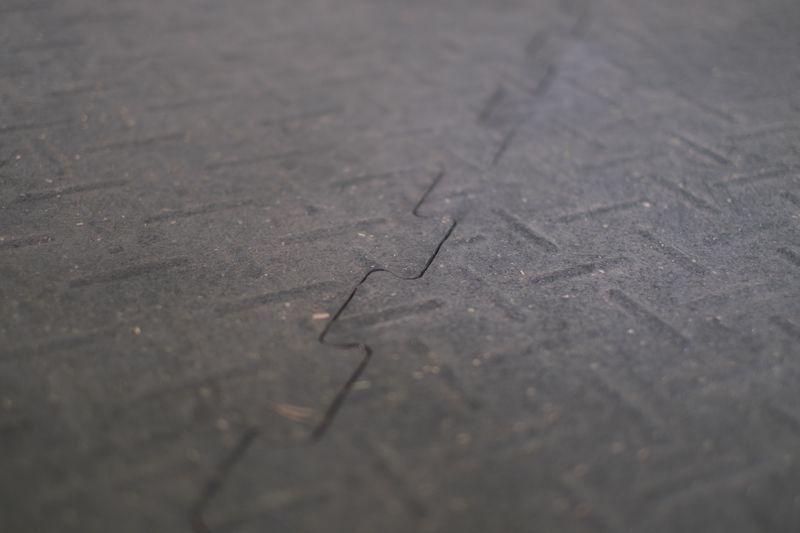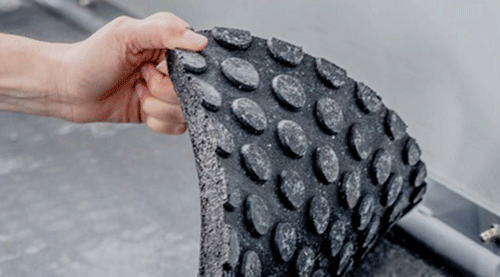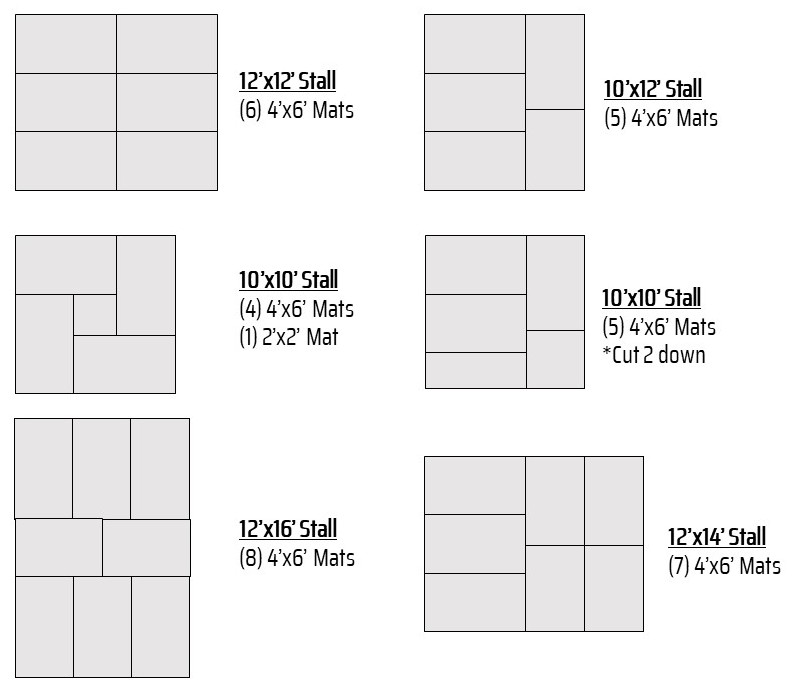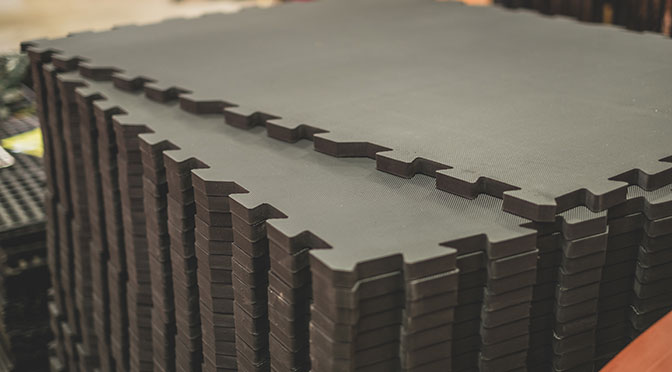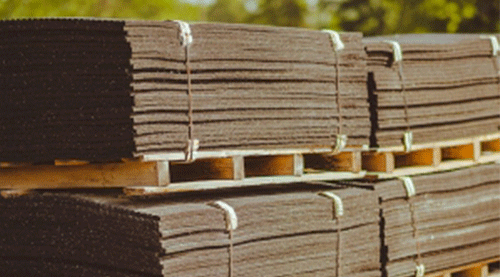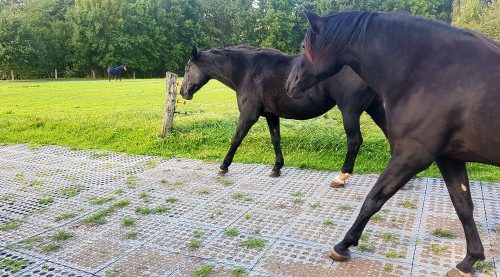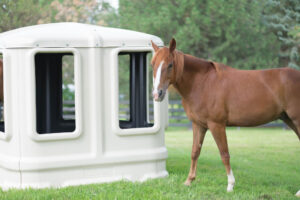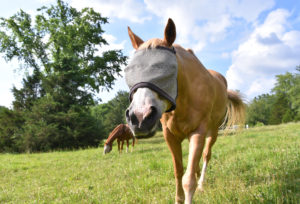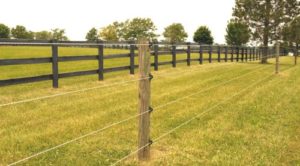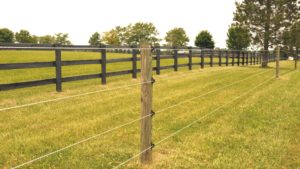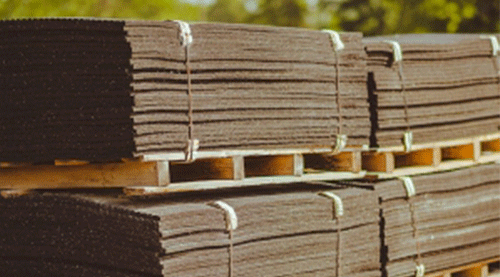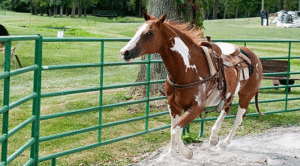
Best Stall Mats for Horses
By Lisa Kiley – published in The Horsemen’s Corral
There are a few reasons to consider using stall mats for horses in your barn:
- Mats provide a supportive layer for the horse to stand on. This can help prevent soreness and fatigue from a damp, cold, or hard surface, while protecting the base of the stall from additional wear.
- Rubber mats can offer traction for the horse, preventing slipping and encouraging them to lay down to rest.
- While shavings are still generally needed when housing on rubber mats, it can make stall cleaning easier. The amount of shavings can be reduced, leading to significant cost savings over time.
For additional insight on bedding options, be sure to read Best Bedding For Horse Stalls
So, what are some considerations when choosing and installing stall mats for horses?
Stall Base
Usually a horse stall base is either porous (like screenings, limestone or dirt) or impervious (like concrete or asphalt). While any style of base will have pros and cons, adding rubber mats atop a well leveled and compacted base can help prevent some issues. For example, a horse can show signs of soreness when housed on a concrete floor and adding mats can help minimize that effect. On the other hand, mats can help protect a limestone base from becoming uneven due to horses pawing and moving around the stall in habitual ways.
Edge Style
Stall mats for horses can be interlocking or straight edge. Interlocking mats often come in kits that will fit into common sized stalls. As a result, there is a straight edge on the perimeter of the mats. Interlocking mats are much less likely to have corners or edges become unsettled with bedding underneath them. That means less time spent re-laying and cleaning under them. However, interlocking mats are also more expensive than their straight edged counter parts. If you are looking for a more budget friendly option that can be used universally, straight edged mats are a great choice. You may even consider a second quality stall mat option.
Thickness and Weight
It is strongly recommended to get ¾” stall mats for horses because horses are less likely to become sore than with a ½” option. They will also last longer and are less likely to get holes from horse hooves. Half inch mats make excellent aisle way mats, trailer mats, or liners for stall walls. A 4’ x 6’ x ¾” mat weighs about 100lbs. so the weight of the mat itself will help keep it in place. Interlocked mats can weigh over 500lbs. once together making them even less likely to shift.
Sizing and Installation
The most common stall mat size is 4’ x 6’ making it easy to fill popular stall sizes. Six mats fill a 12′ x 12′ stall and five mats fill a 10′ x 12′ stall. Horse stall mats can also be cut with a sharp utility knife:
Common Horse Stall Mat Layouts
How to Cut Thick Rubber Mats
First, measure and mark where you need to cut the mat with chalk. We recommend using a 2×4 as a straight edge.
Score the mat several times along the straight edge with a sharp utility knife. Then flip the mat over and fold it back along the score line. This will make it easier to finish cutting the rest of the way through the mat. Watch our video Here
Pulling mats into place can be done by hand or with “mat movers” (a device made specifically for easily moving mats). Make sure the edges properly align, which will help keep mats in place once in use.
Maintenance
No matter what type of base or style of horse stall mats you have, there will be some annual maintenance. Mats should be pulled out of stalls and cleaned of any shavings or urine trapped between the base and the bottom of the mat. Amendments can be made to the base if needed at this time. This includes filling in holes and re-leveling or tamping the ground to help the mats stay even. Stalls should be cleaned daily and maintained with fresh shavings. Pay attention to any minor adjustments needing made to keep mats in great condition.
Show Mats
With many show facilities housing horses on concrete, purchasing foam horse show mats can be a great investment. Mats that are made specifically for horses or livestock will be far better than mats for household use. These mats can give your horse the support and cushion needed to keep his competitive edge when on the road. The light-weight mats are easy to travel with and install. Using show mats will also reduce the amount of bedding needed at each show, so they will pay for themselves over time. They also make a great addition to the cross-tie area to keep both horses and humans cushioned from the hard concrete floors on long horse show weekends.
Shop our Stall Mats for Horses
Cashmans Helpful Resources
Recommended For You
-
-
Stable Ground Mud Solution
$17.50



